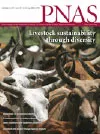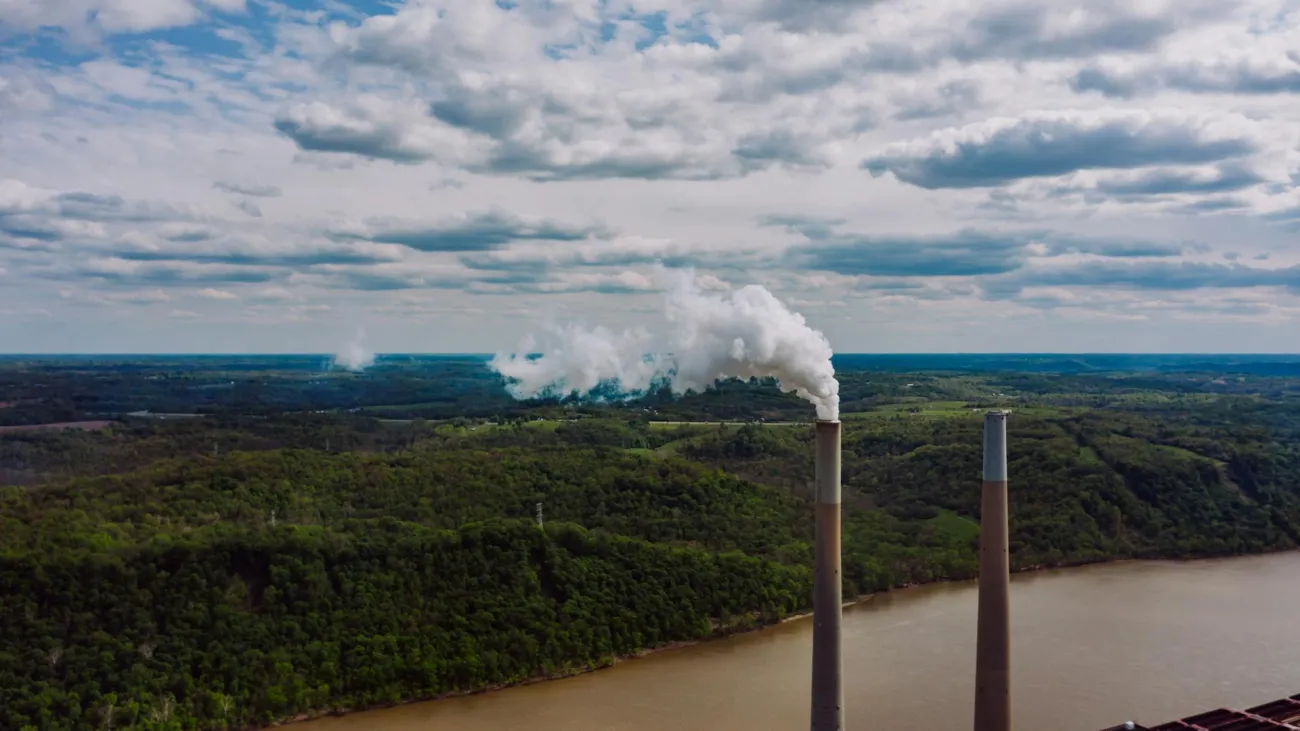
This paper provides a detailed analysis of ‘livestock ecosystems’ in different parts of the world and presents a high-resolution dataset of biomass use, production, feed efficiencies, and greenhouse gas emissions by global livestock. The research shows vast differences in animal diets and emissions, one example being that animals in low-income countries require far more food to produce a kilo of protein than animals in wealthy countries. The paper also shows that globally pork and poultry are being produced far more efficiently, defined in terms of feed conversion efficiency, than milk and beef, and greenhouse gas emissions vary widely depending on the animal involved and the quality of its diet.
The study breaks down livestock production into nine global regions , calculating their GHG emissions by region, animal type and animal product. The researchers modelled only the emissions linked directly to animals—the gases released through their digestion and manure production (ie. not land use change or feed production). The study shows that ruminant animals (cows, sheep, and goats) require up to five times more feed to produce a kilo of protein in the form of meat than a kilo of protein in the form of milk.
However the authors point out that that the lower emission intensities in the pig and poultry sectors are driven largely by industrial systems, systems which also pose significant public health risks (with the transmission of zoonotic diseases from these animals to people) and environmental risks, notably greenhouse gases produced by the energy and transport services needed for industrial livestock production and the felling of forests to grow crops for animal feed. They also caution against using any single measurement as an absolute indicator of sustainability. For example, the low livestock feed efficiencies and high greenhouse gas emission intensities in sub-Saharan Africa are determined largely by the fact that most animals in this region continue to subsist largely on vegetation inedible by humans, especially by grazing on marginal lands unfit for crop production and the stovers and other residues of plants left on croplands after harvesting.
Abstract
We present a unique, biologically consistent, spatially disaggregated global livestock dataset containing information on biomass use, production, feed efficiency, excretion, and greenhouse gas emissions for 28 regions, 8 livestock production systems, 4 animal species (cattle, small ruminants, pigs, and poultry), and 3 livestock products (milk, meat, and eggs). The dataset contains over 50 new global maps containing high-resolution information for understanding the multiple roles (biophysical, economic, social) that livestock can play in different parts of the world. The dataset highlights: (i) feed efficiency as a key driver of productivity, resource use, and greenhouse gas emission intensities, with vast differences between production systems and animal products; (ii) the importance of grasslands as a global resource, supplying almost 50% of biomass for animals while continuing to be at the epicentre of land conversion processes; and (iii) the importance of mixed crop–livestock systems, producing the greater part of animal production (over 60%) in both the developed and the developing world. These data provide critical information for developing targeted, sustainable solutions for the livestock sector and its widely ranging contribution to the global food system.
Citation
Herrero M., Havlík P., Valin H., Notenbaert A., Rufino M. C., Thornton P. K., Blümmel M., Weiss F., Grace, Obersteiner M., Biomass use, production, feed efficiencies, and greenhouse gas emissions from global livestock systems, Proc Natl Acad Sci USA, 2013
Read the full paper here. For supporting online information, including 50 maps, click here.
There is also an introduction to this Special Feature on Livestock and Global Change: Livestock and global change: Emerging issues for sustainable food systems, by Mario Herrero and Philip Thornton, that can be read here.
For further coverage, IFPRI has produced an overview of the research project that you can read here.
For the FCRN’s own work on livestock see our report “Meat and dairy production & consumption: Exploring the livestock sector's contribution to the UK's greenhouse gas emissions” here. You can read two of our journal papers on livestock and GHGs here and here and lastly there are two briefing papers linked to livestock, GHGs and food security here and here.
Read more about livestock here and browse through our resources on land use and ecosystems here. We have also gathered resources on sustainable diets here and here.




Comments (0)